This is the circuit I made - designed it, calculated it, built it:
simulate this circuit – Schematic created using CircuitLab
Q1's and Q2's collector current was 5mA, while Q3's was 1mA. Sine wave at the input had 1Vpp at 1kHz. Negative feedback should work since there is a 360 degree shift between input at base of Q1 and base of Q2. Rf2 was firstly decided to be 10k, then it was replaced by potentiometer.
This circuit didn't work as I expected. I expected that if some distortion would occur inside sine wave then it would be corrected by negative feedback or/and differential transistor pair, and the amount distortion being corrected would be controlled with Rf2 (less gain - less distortion).
I made the distortion by adding another sine wave (1Vpp, 3kHz) to the base of Q3. The actual results couldn't be compared to the desired ones as they weren't even close to the desired ones.
As the result, the output at collector of Q3 was distorted in the same way as the signal at the base of Q3 - should there be pure sine at collector of Q3? But then I scoped the signal at the collector of Q2 and only there was the sine wave I expected to be at the output of amplifier (under the condition, that base of Q2 was shorted to C1, otherwise with rotating the potentiometer Rf2, the signal would rapidly approach the distorted one).
Sine wave at the collector of Q2 versus distorted signal at the base of Q3 (not on the same voltage scale).
I think that there is still a little gap in my understanding of differential amplifier because I am struggling with this for a while and I haven't made one useful circuit including diff. amp.
